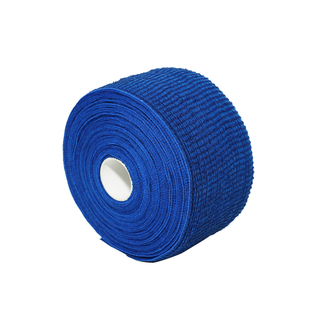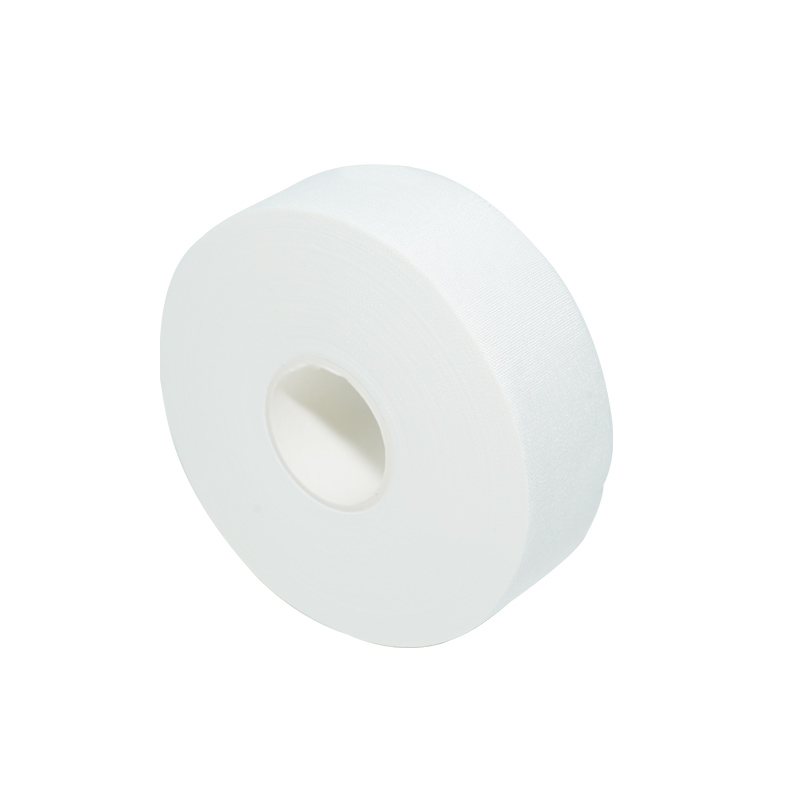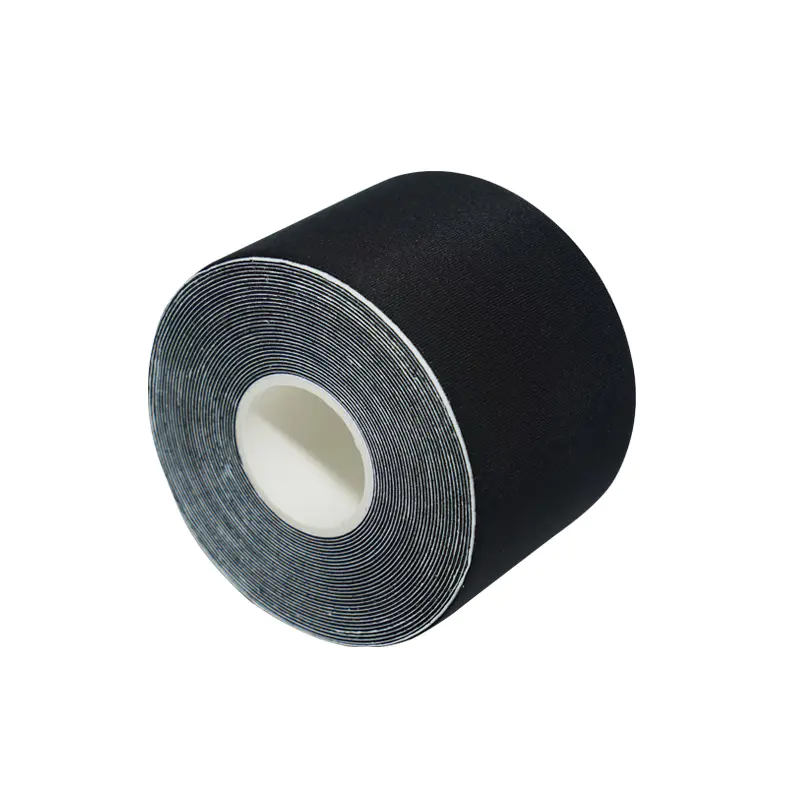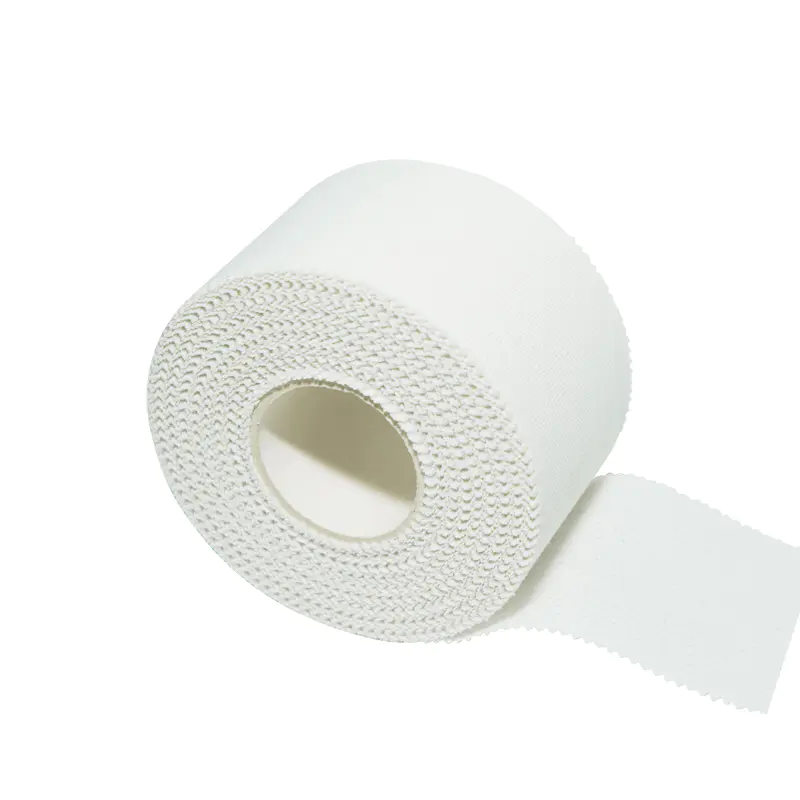When you think of medical tape, the image of a simple white roll might come to mind. But in the professional world of healthcare, choosing the right adhesive dressing is crucial for patient comfort, wound healing, and a successful treatment outcome. From securing bandages to providing support, surgical tape comes in a variety of forms, each designed for a specific purpose. Understanding these different types is key to avoiding skin irritation and ensuring the tape performs its job effectively.
Often referred to as "micropore tape" due to its brand-name origins, paper medical tape is one of the most common and versatile options.
Characteristics: This tape is lightweight, breathable, and easy to tear by hand, making it ideal for quick application. It has a gentle adhesive that's kind to the skin, which is why it's a go-to choice for securing dressings over sensitive or fragile skin, such as on the faces of infants or elderly patients.
Best For: It's perfect for short-term use, like securing small wound dressings, gauze, or light tubing (e.g., IV lines). Because of its porosity, it allows for air circulation, which helps reduce the risk of maceration (skin softening due to moisture).
For situations requiring more strength and durability, cloth surgical tape is the professional standard.
Characteristics: This type of adhesive bandage is made from a woven fabric, which gives it significantly more tensile strength than paper tape. It conforms well to the body's contours and movements, making it a reliable choice for active patients or those with wounds on joints. It often has a stronger adhesive, providing a more secure hold.
Best For: Use it for securing bulky dressings, splints, or heavier medical devices that require a firm, long-lasting hold. It's also suitable for providing support or compression to sprains and strains.

When moisture is a concern, plastic medical tape is the solution.
Characteristics: This adhesive tape is made from a flexible, non-porous material, often a clear polyethylene film. It creates an effective barrier against water, dirt, and bacteria. The transparency allows healthcare providers to see the underlying skin without removing the tape.
Best For: This tape is essential for securing dressings that need to stay in place during a shower or while exposed to moisture. It's commonly used to protect catheters, ostomy bags, and dressings on patients who are incontinent.
Silicone tape represents a significant advancement in patient care, especially for those with very delicate skin.
Characteristics: This medical adhesive uses a soft silicone gel that adheres to the skin without causing pain or damage upon removal. It's often reusable and can be repositioned without losing its stickiness. The gentle nature of silicone makes it an excellent choice for individuals prone to skin tears.
Best For: It is highly recommended for securing dressings on fragile, at-risk skin, such as that of the elderly or patients undergoing chemotherapy or radiation. It's also effective for scar management and for use with post-operative wounds to minimize pain and trauma upon removal.
Foam tape is the champion of cushioning and conformability.
Characteristics: This therapeutic tape is thick and absorbent, with a padded feel. It stretches and molds easily to challenging areas of the body, such as joints or uneven surfaces. Its cushioning property provides an extra layer of protection and can help to prevent pressure sores.
Best For: Use it for securing dressings on joints (e.g., knees and elbows), for providing a seal around wounds in difficult-to-tape areas, and for padding over bony prominences to prevent skin breakdown.
Choosing the right type of medical tape is a critical part of proper wound care. Consider the patient's skin type, the location of the wound, and the required duration of the dressing. The wrong choice can lead to painful skin stripping or an ineffective hold, compromising the healing process.







